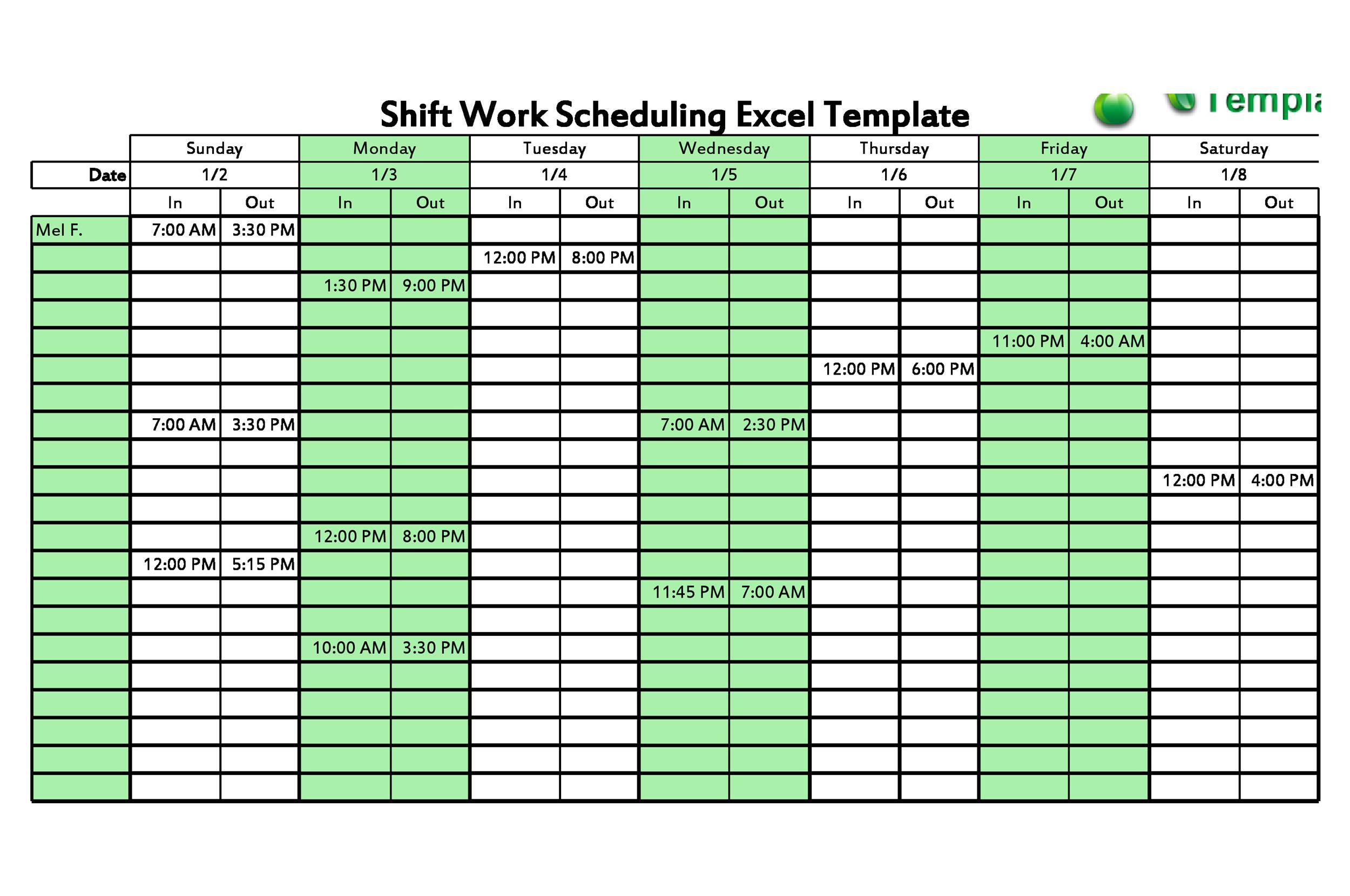Shift rotation schedules are an integral part of many industries and organizations. They ensure that there is 24/7 coverage and that employees have a fair and balanced workload.
In this article, we will explore what shift rotation schedules are, how they work, and why they are important. We will also provide tips and examples for creating an effective shift rotation schedule.
What is a Shift Rotation Schedule?
A shift rotation schedule is a system where employees rotate through different shifts over some time. This could be daily, weekly, or monthly rotations, depending on the needs of the organization. The purpose of a shift rotation schedule is to ensure that there is coverage for all shifts and that no employee is consistently working undesirable shifts.
For example, in a 24/7 call center, employees may be assigned to work the morning shift for a week, then rotate to the afternoon shift for the next week, and so on. This allows for fair distribution of shifts and prevents employees from always working the same shift.
Why Do Organizations Use Shift Rotation Schedules?
There are several reasons why organizations use shift rotation schedules:
- 24/7 Coverage: Many industries, such as healthcare, transportation, and manufacturing, require round-the-clock operations. Shift rotation schedules ensure that there is always coverage, even during nights, weekends, and holidays.
- Work-Life Balance: By rotating shifts, organizations can provide a better work-life balance for their employees. This allows employees to have time for personal commitments, hobbies, and rest.
- Employee Satisfaction: Fair and balanced shift rotations can lead to higher employee satisfaction. When employees feel that they have a fair chance of getting desirable shifts, they are more likely to be engaged and motivated at work.
- Productivity: Shift rotation schedules can help prevent burnout and fatigue among employees. By ensuring that no employee works the same shift consistently, organizations can reduce the risk of exhaustion and maintain productivity levels.
- Flexibility: Shift rotation schedules allow organizations to be flexible in managing their workforce. They can adjust staffing levels based on demand and allocate resources effectively.
How to Create an Effective Shift Rotation Schedule
Creating an effective shift rotation schedule requires careful planning and consideration. Here are some tips to help you create a schedule that works for your organization:
1. Assess Your Needs
Start by assessing your organization’s needs. Consider factors such as the number of employees, the nature of the work, and any legal or regulatory requirements. This will help you determine the number of shifts and the length of each shift.
2. Involve Your Employees
When creating a shift rotation schedule, it is important to involve your employees in the process. Seek their input and preferences regarding shift timings and rotations. This will not only make them feel valued but also help you create a schedule that meets their needs as well.
3. Consider Circadian Rhythms
Circadian rhythms are the natural sleep-wake cycles that our bodies follow. When creating a shift rotation schedule, consider these rhythms and try to align shifts accordingly. Avoid scheduling night shifts back-to-back or rotating shifts too frequently, as this can disrupt sleep patterns and affect employee well-being.
4. Provide Adequate Rest Periods
Ensure that your shift rotation schedule allows for adequate rest periods between shifts. This will help prevent fatigue and improve employee well-being. Consider factors such as commute time and recovery time when designing the schedule.
5. Use Technology
There are various software tools and scheduling apps available that can simplify the process of creating and managing shift rotation schedules. These tools can help you automate scheduling, track employee availability, and make adjustments as needed.
6. Monitor and Adjust
Once you have implemented a shift rotation schedule, it is important to monitor its effectiveness and make adjustments as needed. Seek feedback from employees and make changes based on their input and any observed issues or challenges.
7. Communicate Clearly
Ensure that your employees understand the shift rotation schedule and any changes that may occur. Communicate the schedule, including start and end times, break timings, and any relevant policies or procedures. This will help avoid confusion and ensure that everyone is on the same page.
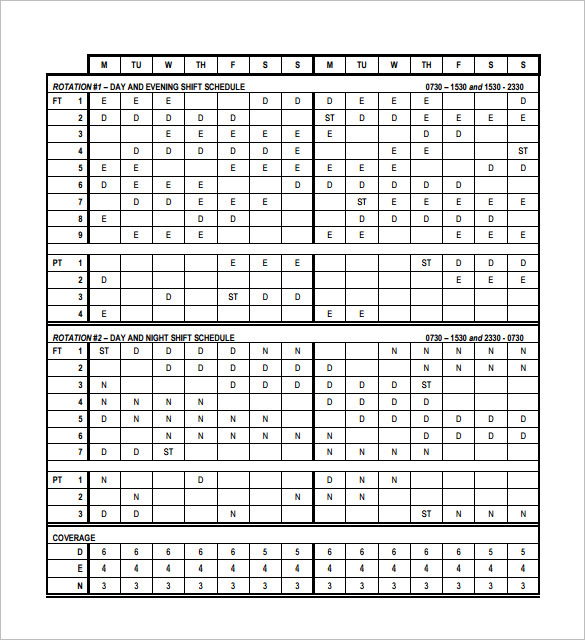
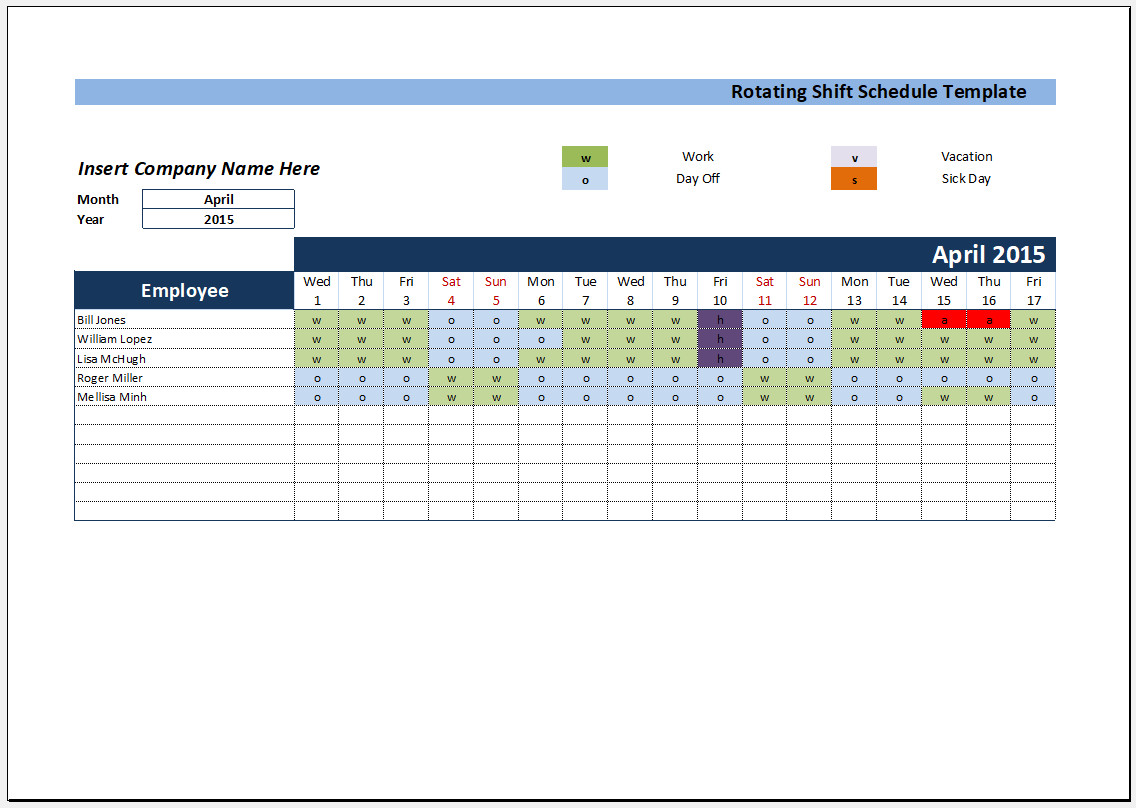
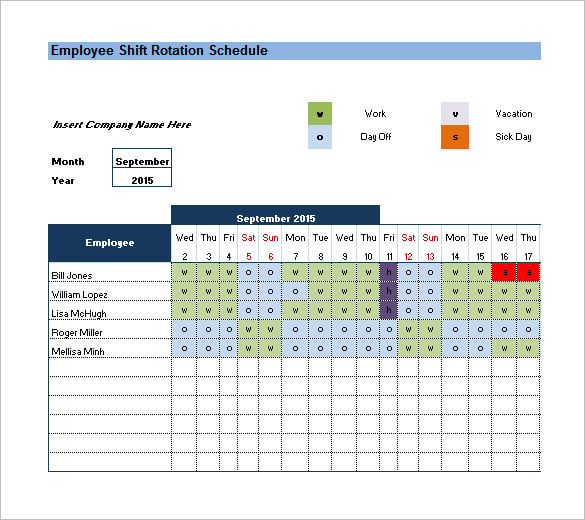
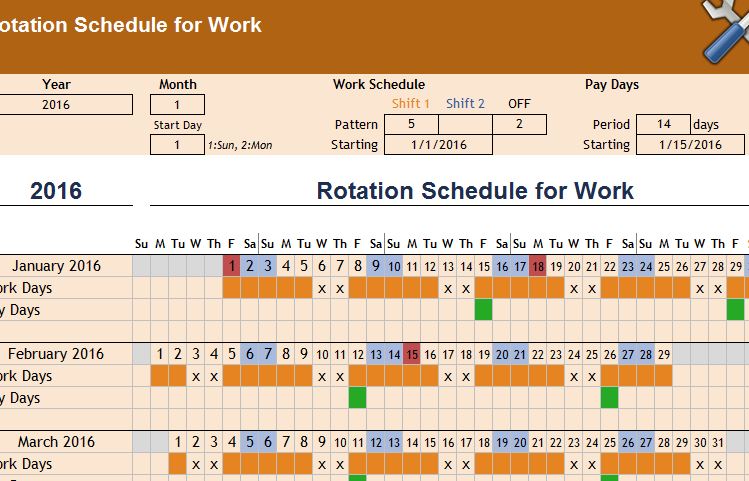
Benefits of a Well-Designed Shift Rotation Schedule
A well-designed shift rotation schedule can bring several benefits to both organizations and employees:
- Higher Employee Satisfaction: When employees have a fair chance of getting desirable shifts, they are more likely to be satisfied with their work and feel valued by the organization.
- Improved Work-Life Balance: Shift rotation schedules allow employees to have time for personal commitments, rest, and recreation, leading to a better work-life balance.
- Reduced Burnout and Fatigue: By preventing employees from working the same shift consistently, organizations can reduce the risk of burnout and fatigue, leading to higher productivity levels.
- Flexibility and Adaptability: Well-designed shift rotation schedules allow organizations to be flexible in managing their workforce and adapting to changing demands or staffing needs.
- Enhanced Employee Engagement: When employees feel that they have a fair and balanced workload, they are more likely to be engaged and motivated at work, leading to higher productivity and performance.
Conclusion
Shift rotation schedules play a crucial role in ensuring 24/7 coverage and maintaining employee satisfaction and productivity. By creating an effective shift rotation schedule, organizations can provide a fair and balanced workload for their employees, improve work-life balance, and prevent burnout. It is important to assess your organization’s needs, involve employees in the process, and consider factors such as circadian rhythms and rest periods. With careful planning and communication, a well-designed shift rotation schedule can bring numerous benefits to both organizations and employees.
Shift Rotation Schedule Template Excel – Download
